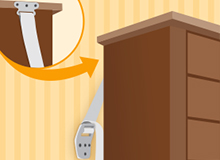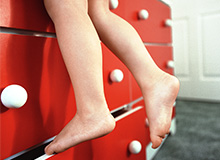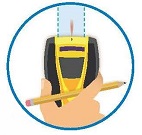By Robert Carter, PrepareFirst, Atlanta
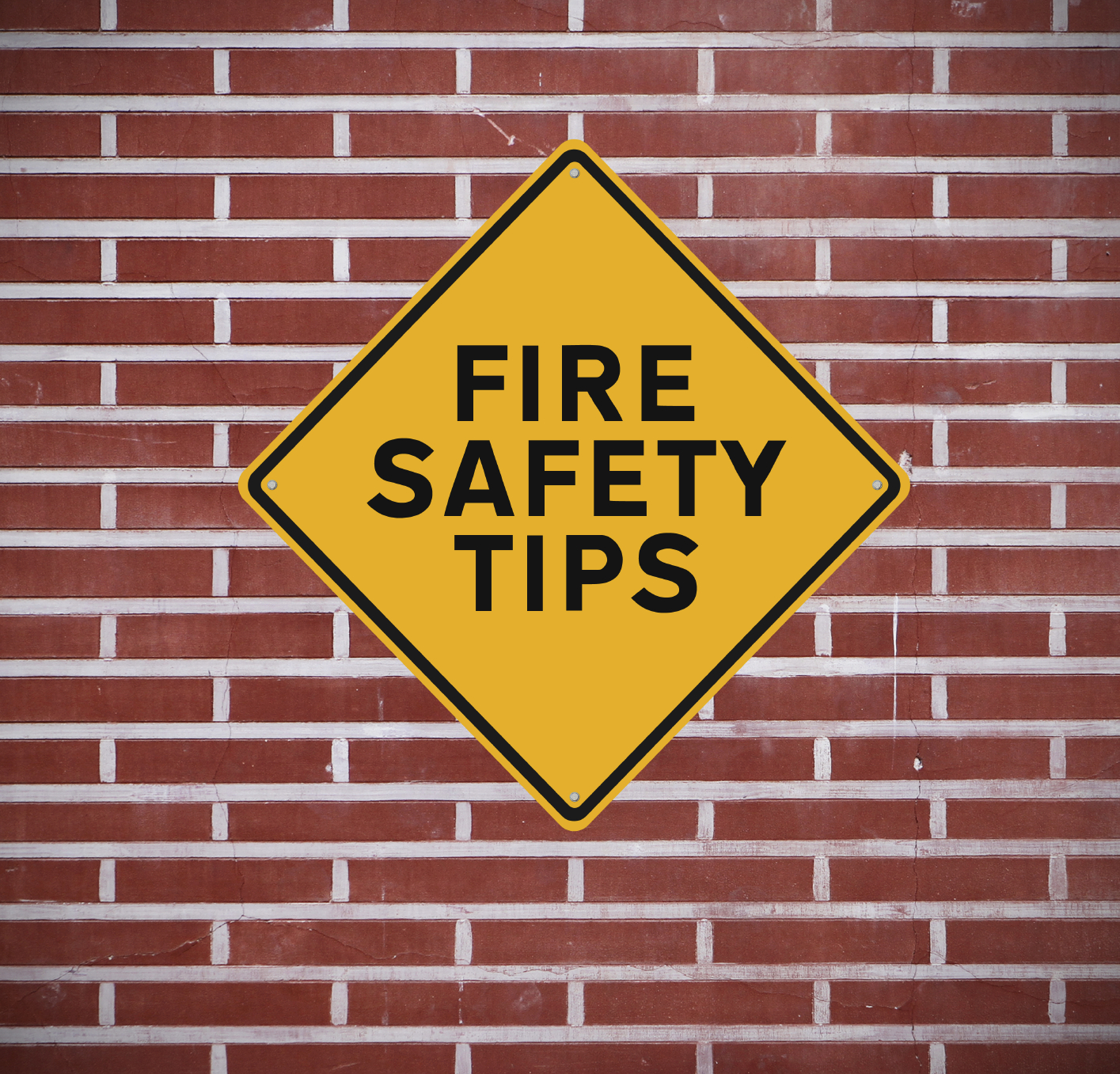
Take a few minutes to consider these helpful tips with regard to your home and your family’s safety.
- DON’T leave matches, lighters, lighted candles where a child could interact with them.
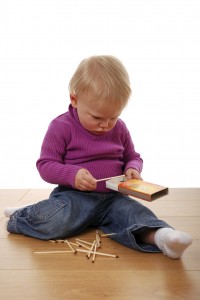
- DON’T store flammable chemicals (oil-based paints, varnish, gasoline, kerosene, etc.) anywhere near an ignition source (furnace, hot water heater, fireplace, etc.). Loose vapors can sometimes “puddle” undetected near the ground, primed for an opportunity to ignite.
- DON’T connect too many electrical appliances to one outlet. The circuit may not be tripped, but the load can heat up wiring and cause a fire.
- DON’T let electrical cords rest underneath the legs of furniture or under carpets where they would be walked on to avoid cord damage and electrical shorts.
- DON’T leave heat-generating appliances (curling irons, hair dryers, irons, heaters, etc.) in places where a young child can reach them.
- DON’T place heaters within 3 feet of any surface or fabric that could heat up and catch fire.
- DON’T use extension cords as permanent sources of electricity to appliances, particularly appliances which draw more power. Also, understand why extension cords have different ratings to avoid failures and fires.
- DON’T keep using appliances whose electrical cords are damaged and/or which are emitting smells that indicate an electrical malfunction.
- DON’T leave food you are cooking unattended.
- DO sleep with bedroom doors closed to maximize separation from smoke if a fire should get started at night elsewhere in the home.
- DO ensure that any fireplace has an effective, sturdy barrier in place to keep sparks in and children out.
- DO keep any non-food items that could catch fire (dish towels, cardboard food containers, napkins, wooden spoons, etc.) away from cooking surfaces.
- EQUIP your home with a fire ladder (or multiple ladders if necessary) accessible to anyone who might otherwise be trapped in an upstairs room.
- EQUIP each bedroom with a flashlight to facilitate escape from a fire and/or signaling for help.
- EQUIP your home with at least one fire extinguisher per floor, and understand a) the difference between a Kitchen extinguisher (BC) and an “All Purpose” (ABC) unit, and b) the fire-fighting limitations of extinguishers of various sizes.
- EQUIP your home with additional smoke and/or carbon monoxide detectors if the number you have is insufficient. Every child’s bedroom should have a smoke detector inside.
- LEARN how to use a fire extinguisher – remember the acronym “PASS” (pull, aim, squeeze, sweep).
- CHECK your smoke detectors every 6 months when the time changes to ensure they are in good working order. Replace any units older than 10 years.
- CHECK your carbon monoxide detector(s) every 6 months when the time changes to ensure they are in good working order. Replace any units older than 10 years.
- CHECK your fire extinguisher(s) to ensure they are a) not expired (should be good for 10-12 years from date of manufacture), and b) easily accessible in a location a logical distance from where a fire might be more likely to occur (too close can be just as bad as too far away).
- CHECK your laundry dryer conduit and vent to ensure it is clear of lint buildup and not obstructed. Also, be sure to remove lint after every load!
- CHECK your chimney every few years with a professional to ensure it has not built up a dangerous amount of flammable creosote (applicable if you burn real logs).
- CHECK any windows that might be needed for an escape to ensure they will open in any season.
- PLAN how every family member would quickly and easily leave the house in the event of a fire. Ensure there are 2 viable means of escape from any occupied bedroom.
- PLAN where all family members will meet outside the home in the event of a fire. This is essential to ensure everyone is accounted for and avoid searching for someone who has already vacated the house.
- TEACH kids what would be causes of fire in the home so they will understand what not to do.
- TEACH kids what to do if there is smoke present – stay low, cover nose and mouth with cloth (wet if possible), get out immediately, try not to breathe smoke/fumes.
- TEACH kids how to check a closed door for heat with the back of their hand (start at bottom and move upward) and to use a second way out if the door is hot.
- TEACH kids about what to do if their clothing catches fire – STOP <> DROP <> ROLL.
- TEACH kids what to do if they become trapped in a room – stay low, cover gap under door, use a flashlight or cloth to signal for help at a window, and DON’T yell which would involve breathing in much more smoke.
- PRACTICE your fire plan periodically.

